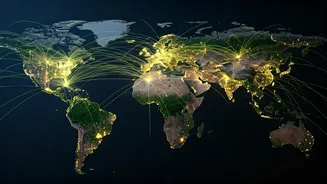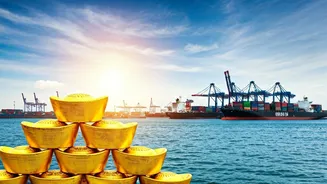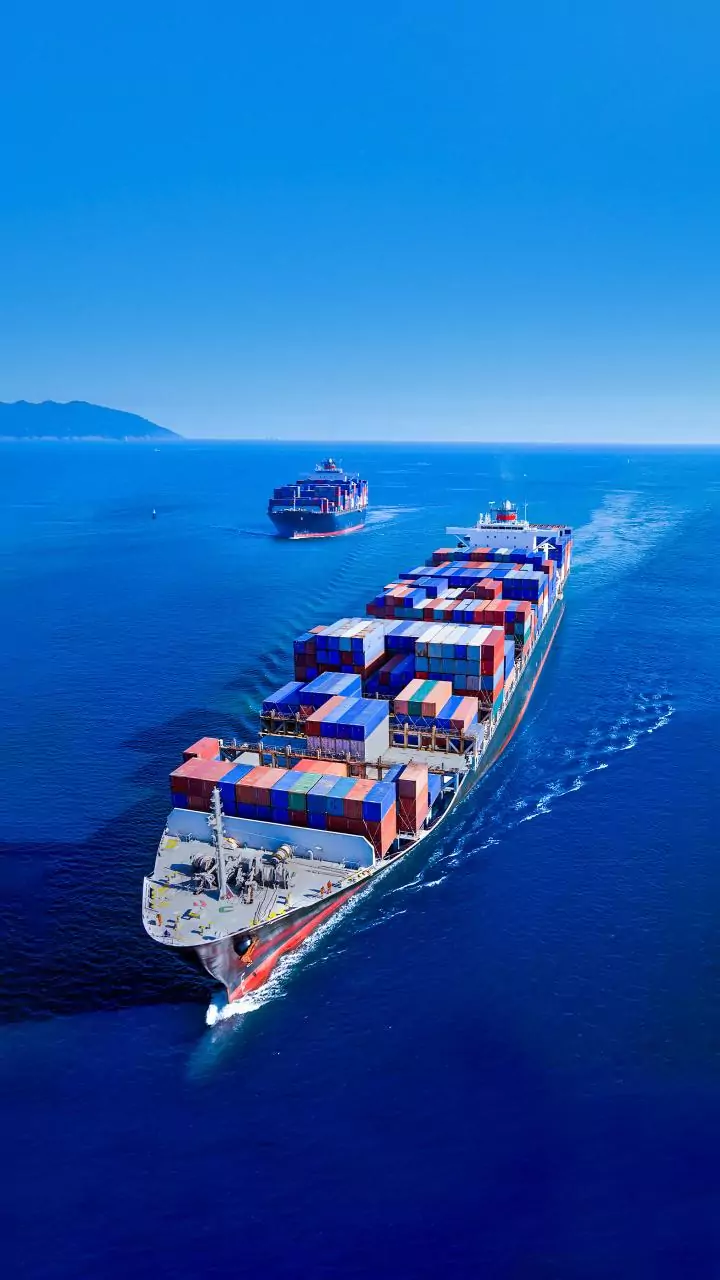Understanding Counter-Tariffs
Counter-tariffs are essentially retaliatory trade duties imposed by a country on imports from another nation. The primary intention is to offset the impact
of tariffs or other trade barriers that the latter country has placed on its exports. In essence, it's a tit-for-tat measure, a defensive strategy employed to protect domestic industries from unfair trade practices. The imposition of counter-tariffs typically follows a careful analysis of the economic impact and is targeted at specific products or sectors, ensuring that the response is proportionate to the original trade disruption. The goal is to either compel the other country to remove its trade restrictions or mitigate the adverse effects on local businesses. These tariffs act as a tool to level the playing field, making foreign goods more expensive in the domestic market and incentivizing consumers to favor locally produced alternatives. This also protects local businesses.
Strategic Objectives Behind
The application of counter-tariffs is strategically implemented to achieve multiple objectives. Firstly, they serve as a deterrent to unfair trade practices, indicating a strong stance against trade barriers. Secondly, these tariffs are aimed at safeguarding crucial domestic industries from being undermined by artificially cheap imports, thereby preventing job losses and promoting local economic growth. Thirdly, counter-tariffs can be used as a bargaining chip in trade negotiations, which helps the nation obtain better terms. The nation, through the strategic application of these tariffs, aims to send a clear message. Moreover, these actions are often aimed at promoting fair competition and fostering a more equitable global trade environment. India's implementation of these tariffs mirrors a proactive approach to protecting its economic interests while encouraging a more balanced global trade environment.
Impact on Indian Industries
The effects of India's counter-tariff strategy vary across different sectors of the economy. Some sectors that have historically faced challenges, such as manufacturing and agriculture, might benefit from these measures. This protection can provide a buffer against cheaper imports, enabling local producers to compete more effectively. Furthermore, certain industries might experience a boost in domestic demand. This is because counter-tariffs make imported goods less price-competitive. On the flip side, some sectors that rely heavily on imported raw materials or components may face increased costs. This could potentially affect their competitiveness and profit margins. It's crucial for the government to strike a balance to ensure that the imposition of tariffs supports national interests without inadvertently damaging sectors that are dependent on imports. Overall, the impact is complex and depends on the specific industry, the extent of the tariffs, and the reaction of the global market.
Navigating International Relations
The application of counter-tariffs invariably has an impact on the nation's relations with other countries, particularly those targeted by the tariffs. These actions can sometimes lead to trade disputes, as the affected nations might retaliate with their own tariffs or pursue the matter via the World Trade Organization (WTO). Managing these complex situations calls for diplomatic finesse and a proactive approach to trade negotiations. India must engage in these interactions strategically. The goal is to defend its economic interests while upholding global trade rules. It's essential to foster good relationships, while also ensuring the protection of local industries. The nation must also be ready to compromise. This approach could strengthen its standing in the international arena, whilst building trade relations with other nations. Also, it might prevent trade conflicts.
Future Outlook and Challenges
Looking forward, the effectiveness of India's counter-tariff strategy hinges on several factors. Changes in the global trade environment, as well as the reactions of trade partners, will inevitably influence the strategy’s outcomes. The government must continually evaluate and adjust its policies to address emerging trade challenges and take advantage of new opportunities. Some of the challenges ahead include managing trade disputes and navigating the complexities of international trade rules. Additionally, ensuring that the application of counter-tariffs is aligned with the overall economic development goals is a concern. Continuous monitoring and evaluation, along with data-driven decision-making, are vital to achieve the intended outcomes. This strategy provides India with the tools needed to promote its economic interests. However, it also demands flexibility and a deep understanding of the intricacies of global trade.















